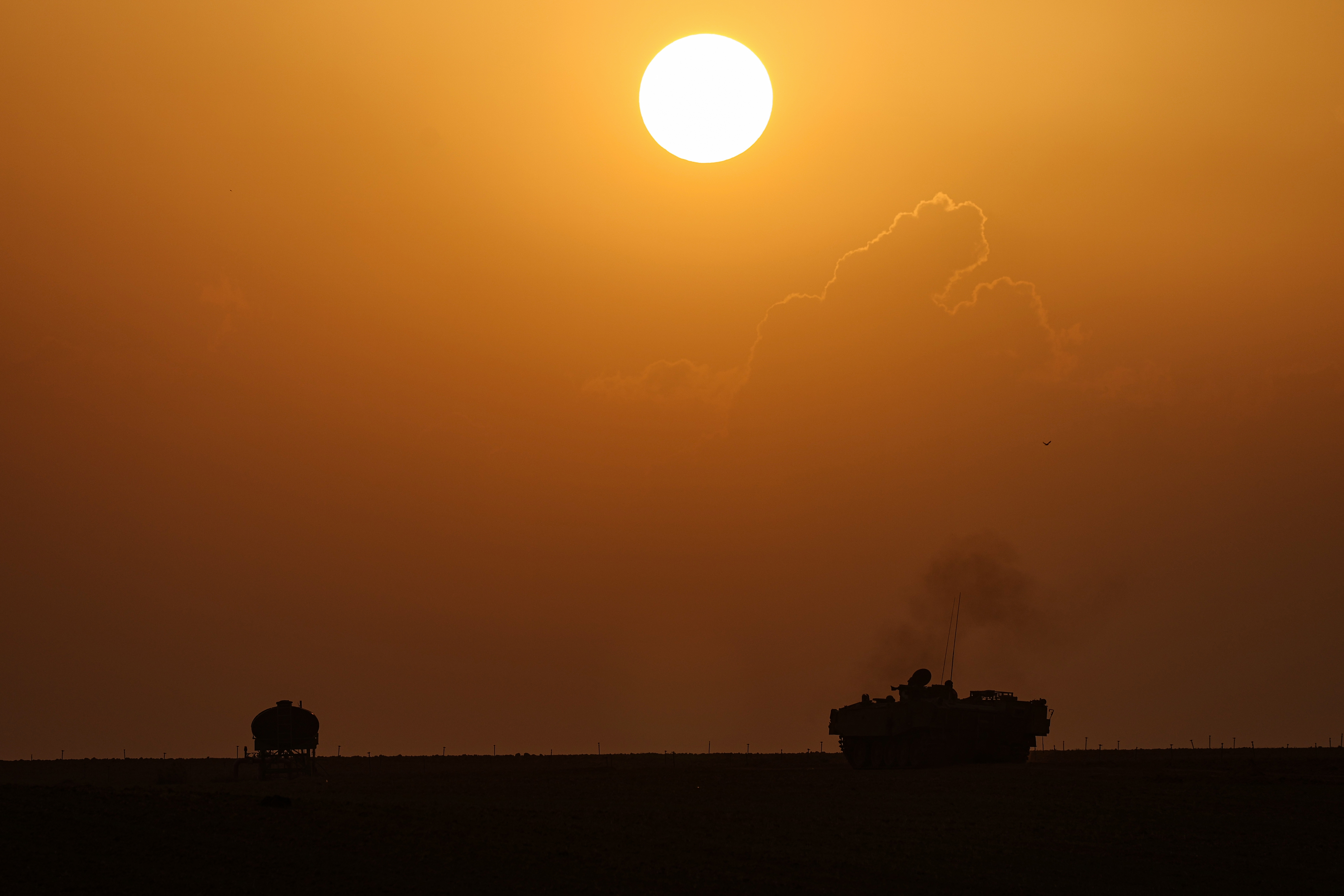Alistair Taylor

With the war in Gaza and its regional reverberations dominating news coverage, international fora, and policy discussions about the Middle East over the past several months, it’s easy to forget that for most of the year the prevailing trend shaping the region was a broader shift toward de-escalation, rapprochement, and normalization of ties. Driven in part by a widespread perception of growing US disengagement from the Middle East and Washington’s increasing unreliability, regional actors took steps to address their own concerns. The March 2023 normalization agreement between long-time regional rivals Saudi Arabia and Iran was perhaps the clearest illustration of this (even if the deal was nominally brokered by Beijing). This trend was also evident, however, in the Turkish rapprochement with Saudi Arabia, the United Arab Emirates, Egypt, and (fleetingly) Israel; the controversial push by some Arab states to bring Syria’s Bashar al-Assad back in from the cold following the country’s 12-year-long civil war; and the ongoing talks between Saudi Arabia and the Iran-backed Houthis in Yemen.
At the same time, throughout much of 2023 there was a strong countervailing trend as tensions persisted between certain key actors and in some cases spiked. The civil wars in Yemen, Libya, and Syria dragged on, even if they remained largely frozen. But a new conflict broke out in Sudan in mid-April, pitting the Sudanese Armed Forces against the paramilitary Rapid Support Forces. Often forgotten in Washington, the civil war in this key northeast African state has, to date, seen more than 12,000 people killed and 6.6 million forcibly displaced, both internally and within the region. Further afield, Russia’s war on Ukraine continued to impact the Middle East and North Africa as well, especially in terms of regional food security, even as Iran grew closer to Russia, ratcheting up its material support for Moscow’s war effort. The South Caucasus saw renewed fighting too, with Azerbaijan recapturing Karabakh in a military operation in September following a months-long blockade, a move that will likely consolidate close Baku ally Ankara’s influence in the region at the expense of Moscow and Tehran.
Although its bandwidth was constrained by a focus on China and the Russo-Ukrainian war, the Biden administration pursued efforts over the course of the year to advance new “minilateral” and multilateral diplomatic initiatives to further regional economic integration. Those have included the Negev Forum, the I2U2 grouping (comprising India, Israel, the US, and the UAE), and the India-Middle East-Europe Economic Corridor, as well as efforts to build on the Trump-era Abraham Accords by securing a Saudi-Israeli normalization agreement (hampered but clearly not derailed by the radical policies of Israel’s far-right government and the rise in violence in the West Bank). The Hamas-led attack on Israel on Oct. 7 and the subsequent war in Gaza have raised major question marks about the future of these initiatives, and indeed of US policy toward the region more broadly. While it is uncertain what the new year will bring, it seems unlikely to be the “quieter” Middle East top US officials were touting earlier this fall.
No comments:
Post a Comment